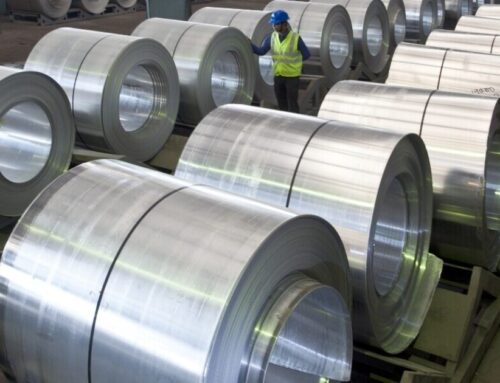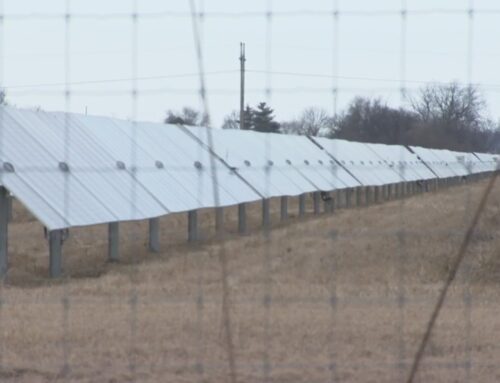Bill defining ‘agrivoltaics’ will ensure protection of productive land
April 11, 2025
Agrivoltaics is defined as agricultural production, such as crop or livestock production or pollinator habitats, underneath solar panels or adjacent to solar panels. This kind of “dual use” solar project, where a single site includes both solar energy production and agricultural or ecological uses, is becoming increasingly common as solar energy markets expand, but the real impact of those uses can vary widely depending on their application. HF2297 will define “agrivoltaics” and support the Board of Water and Soil Resource (BWSR) in promoting and potentially certifying solar sites that incorporate agriculture-supporting dual uses. Defining agrivoltaics will set standards to ensure that dual-use sites provide real benefits for host communities.
Minnesota is seeing significant expansion of development proposals for both community- and large-scale solar, with 11 GW worth of proposed community- and utility-scale projects (enough to generate 20% of Minnesota’s electricity). Agrivoltaics is an important addition to the expanding market for solar, because it serves as a mitigation tool for what could otherwise be a loss of productive land for the host community. Agrivoltaics can also provide co-benefits to the host community, such as diversified agriculture, new habitat, and improved water quality.
GPI is working in partnership with agricultural producers, solar developers, communities, and state agencies to advance agrivoltaics as a dual-use approach that integrates solar energy with agricultural production, building on successful pilot projects and removing barriers to scaling deployment. Our work centers on building social license and eliminating barriers to deploying solar in ways that create co-benefits for rural communities, farmers, and the broader energy transition. Agrivoltaics mitigates many common concerns related to siting community- and large-scale solar development, such as land use conflicts and impacts on local agriculture, by demonstrating that solar installations can support soil health, water conservation, food production, and rural economic resilience.
Minnesota has several existing examples of successful integration of solar and agriculture on the same site. In one example, highlighted in a recent GPI case study, The Food Group collaborated with U.S. Solar on an 18- acre, 1-megawatt site in Big Lake. The site combines land use for food production, conservation land cover, and solar arrays, demonstrating the potential of a unique model to address multiple local needs simultaneously.
Moreover, the project also provides access to land for emerging small farmers, access that would otherwise be difficult for them to acquire. These farmers often lack the capital to expand their operations by purchasing land.
As a farmer incubator, one of the objectives of Big River Farms (a project of The Food Group) is to help emerging farmers gain access to land. Big River Farms joined with U.S. Solar (developer), Connexus Energy (electricity cooperative), the National Renewable Energy Laboratory (NREL) and the Great Plains Institute to establish one of the Midwest’s first agrivoltaics projects. Big River Farms supports several small local food producers who farm between the solar arrays, and the company is looking to expand production. U.S. Solar has integrated beekeeping and conservation land cover into the site.

Minnesota also has other emerging businesses using the agrivoltaics model to support agriculture and diversify Minnesota’s agricultural base. Several solar sites provide grazing land for sheep operations. Solar grazing supports wool and meat production while providing less costly management of thousands of acres of vegetation under and around solar arrays for the solar site owner. Several ongoing research projects are looking to expand the types of agrivoltaics applications. Alternatives (see educational webinars sponsored by the University of MN) include sheep grazing, integration with cattle, conventional forage and row crops, and other diversified agriculture, such as fruit production.
What is clear is that agrivoltaics offers a promising opportunity to keep agricultural land in production, provide financial stability for existing farmers and economic opportunity for emerging farmers, all while helping states meet renewable-energy targets. HF2297 will set a standard ensuring that Minnesota’s agrivoltaics projects are providing benefits to host communities.
Brian Ross has worked extensively with local, regional and state governments on climate and energy planning, renewable energy policy and land use and natural resource regulation. He is the vice president of renewables at the Great Plains Institute, which is headquartered in Minneapolis.
Search
RECENT PRESS RELEASES
Related Post




